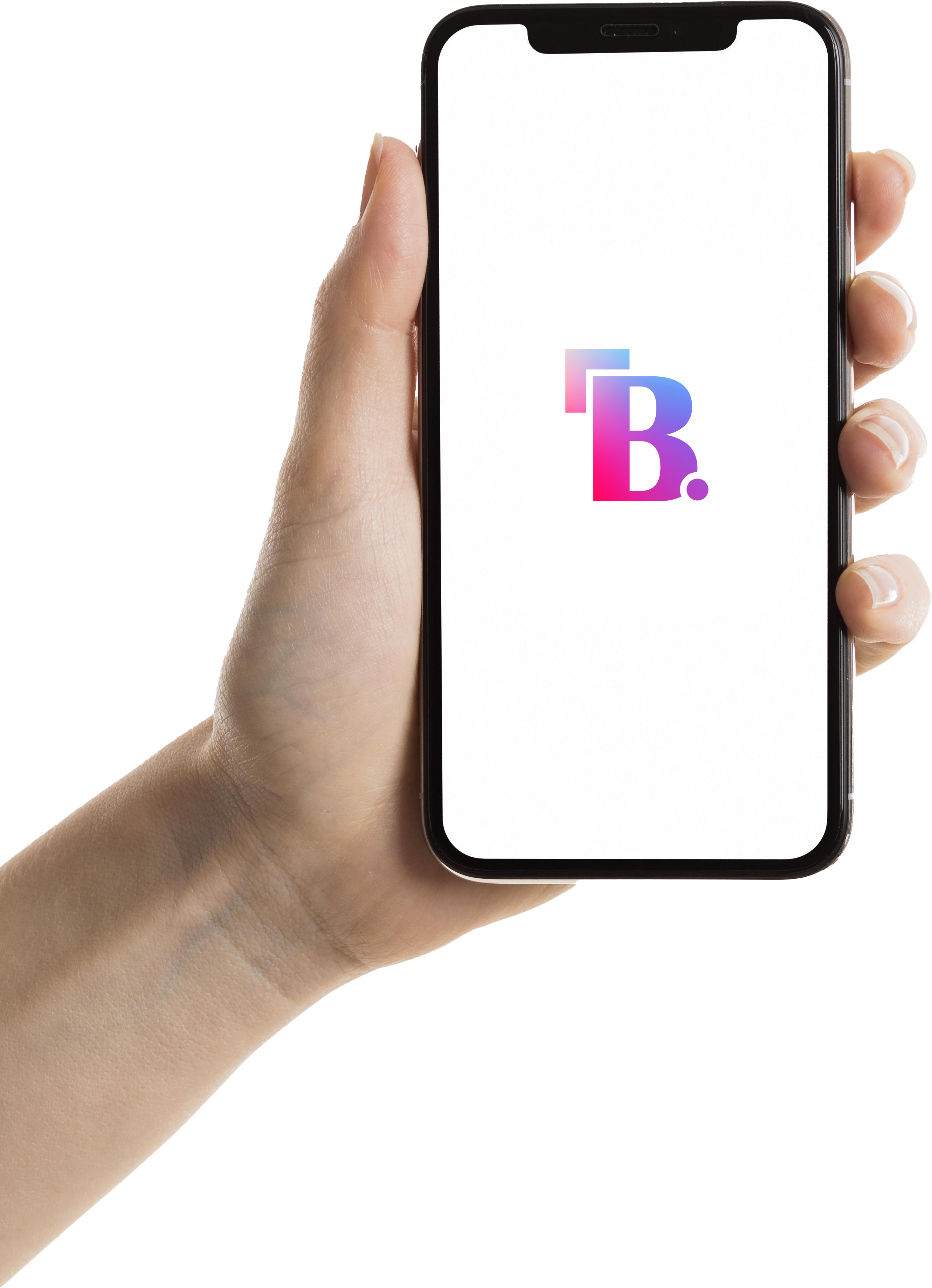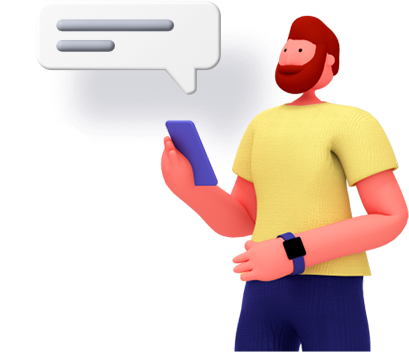Uber Marketing Hack! You Won't believe
Uber is now a globally recognized company, offering a wide array of transportation and delivery services via its mobile app. Beyond just ride-hailing, users can also order food from their favorite restaurants or send packages through Uber’s platform. The company has grown into one of the leading and most impactful players in the transportation and delivery industries, operating in over 72 countries and serving more than 110 million active users every month. According to Statista, Uber’s revenue reached $32 billion in 2022, marking an 82% increase from the previous year. The tremendous success of Uber has inspired many entrepreneurs to enter the ride-hailing and delivery markets. If you're considering building your own taxi booking app, understanding Uber’s marketing strategies can help you not only with development but also with launching and growing your business effectively.
Uber’s Marketing Strategies
Uber has established a proven marketing approach that ensures consistent growth and user engagement. The company continually adapts its marketing tactics to stay current with evolving trends and consumer needs. With the growing integration of modern automotive technology into everyday life, Uber’s marketing strategies remain ahead of the curve. Here are some of the key techniques Uber employs, along with general app monetization insights that can help any aspiring business.
1. Social Media for Brand Awareness and Customer Loyalty
Uber has built its global presence by offering ride-hailing, food delivery, and freight services. It effectively uses social media platforms like Instagram, X (formerly Twitter), Facebook, and YouTube to communicate with users, drivers, and partners. Here’s how Uber boosts engagement on these platforms to create brand awareness and loyalty:
- The company shares informative and engaging content showcasing its services, features, and social values. For example, Uber uses YouTube to post videos featuring driver stories, customer feedback, safety tips, and new initiatives.
- Uber responds promptly and professionally to customer feedback and inquiries on social media. It even has a dedicated X account to handle customer service issues in real-time.
- Uber is excellent at running campaigns that encourage user-generated content (UGC). For instance, the #WhyIRide campaign asked users to share their reasons for using Uber, with prizes awarded to the best entries. This campaign became widely popular.
- Strategic partnerships with influencers, celebrities, and organizations have helped align Uber’s brand with its values. For example, in 2015, Uber collaborated with UN Women, committing to create one million jobs for women drivers.
2. Incentives and Discounts to Attract and Retain Customers
One of Uber’s key marketing tactics is the use of incentives and discounts to attract new customers and retain existing ones. The company implements a variety of strategies to run these campaigns, offering benefits such as referral programs, loyalty rewards, promotional codes, and discounted fares. Uber's partnerships with other brands also help increase its customer base, enhance its brand image, and generate more revenue.
3. Partnerships and Sponsorships
Uber’s marketing strategy includes partnering with local businesses, sponsoring events, and offering special promotions. The company provides discounts on rides to and from popular destinations like airports, restaurants, malls, and concert venues. Uber also collaborates with event organizers to designate convenient pick-up and drop-off points, allowing riders to avoid traffic and congestion.
4. Expanding into New Markets and Segments
While Uber is primarily known for its transportation services, its marketing approach has been to expand into new markets and segments by launching innovative products and services. Uber Eats, for example, provides a platform connecting food lovers with local restaurants. Uber Health offers non-emergency medical transportation, making it easier for patients to access healthcare. Other ventures, like Uber Freight and Uber Air, further diversify Uber’s offerings.
5. Investing in Customer Feedback and Services
Uber places great emphasis on customer service and feedback, recognizing the importance of maintaining customer satisfaction in a competitive market. The company offers 24/7 support through various channels, including phone, email, chat, and social media, and has a team of safety specialists to handle emergencies.
For drivers, Uber provides flexible hours, bonuses, tips, insurance, and educational opportunities. Riders benefit from discounts, referral bonuses, and premium services. Uber consistently gathers feedback from both drivers and riders through surveys, ratings, and reviews, which are analyzed to improve products, services, and policies.
The Future of the Uber App
Uber remains the top ride-hailing app, offering a platform that connects drivers and passengers across cities worldwide. Its future looks promising, as the company is continuously mindful of regulatory changes, competitive pressures, and the importance of innovation and customer satisfaction. As more entrepreneurs look to create Uber-like apps, the potential for expanding services into new transportation modes—such as bikes, scooters, buses, and even flying taxis—remains vast.
By adopting Uber’s marketing strategies and tailoring them to comply with local laws, aspiring entrepreneurs can launch successful taxi-booking apps. However, compliance with safety regulations, labor policies, and taxation rules will be crucial for ensuring profitability and growth.
Popular Posts

OM Redox - Your Oxygen Box
OM Redox Your Oxygen Box is a convenient, portable oxygen provider, ready to use at the touch of [...]

Best Website Development Technology
PHP is often regarded as one of the best technologies for website development due to its flexibil [...]

Bira 91 Markeing Strategy- First Craft Beer of India
Beer enthusiasts are well aware of the wide range of options available, whether they're at a bar [...]




